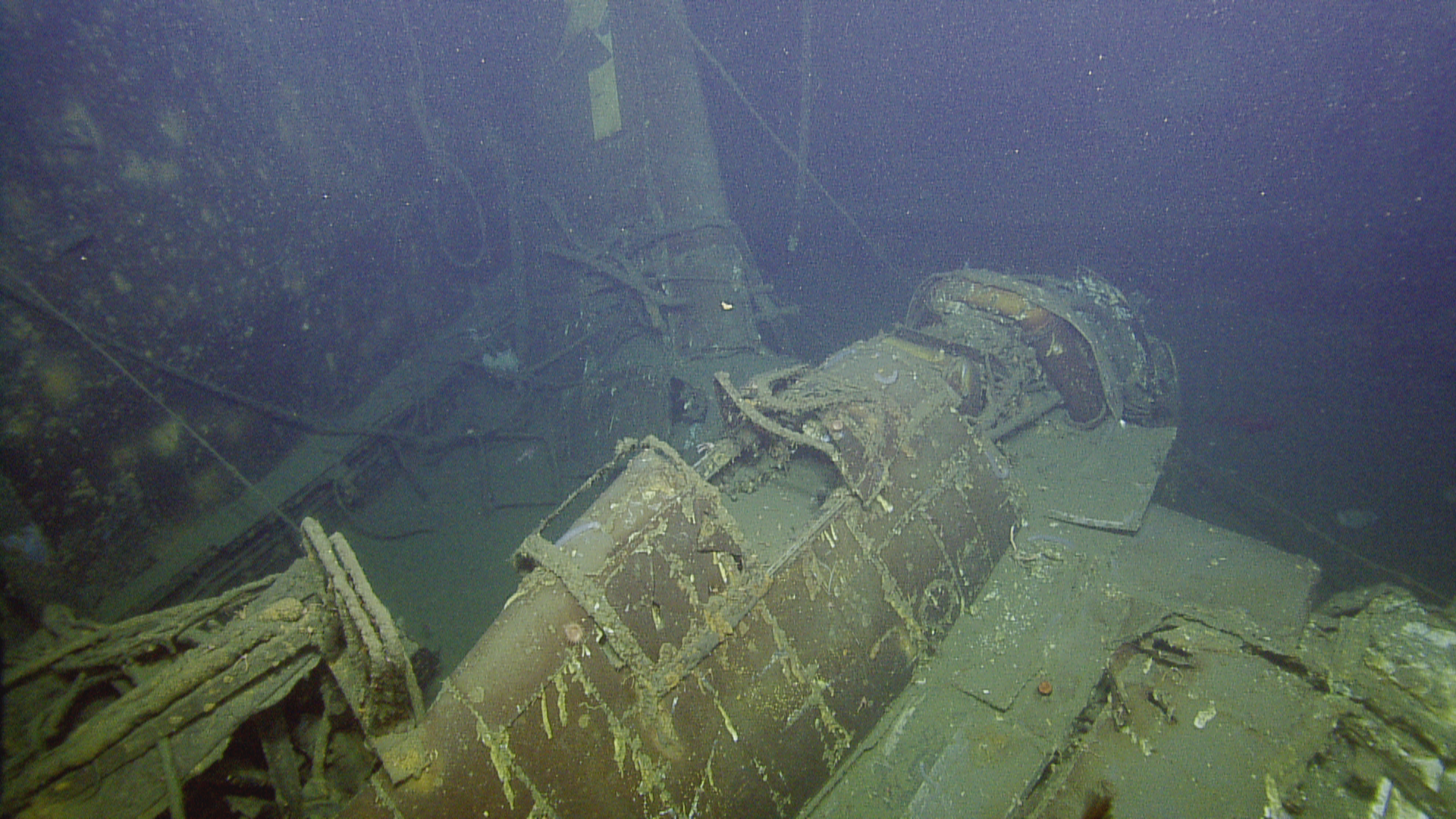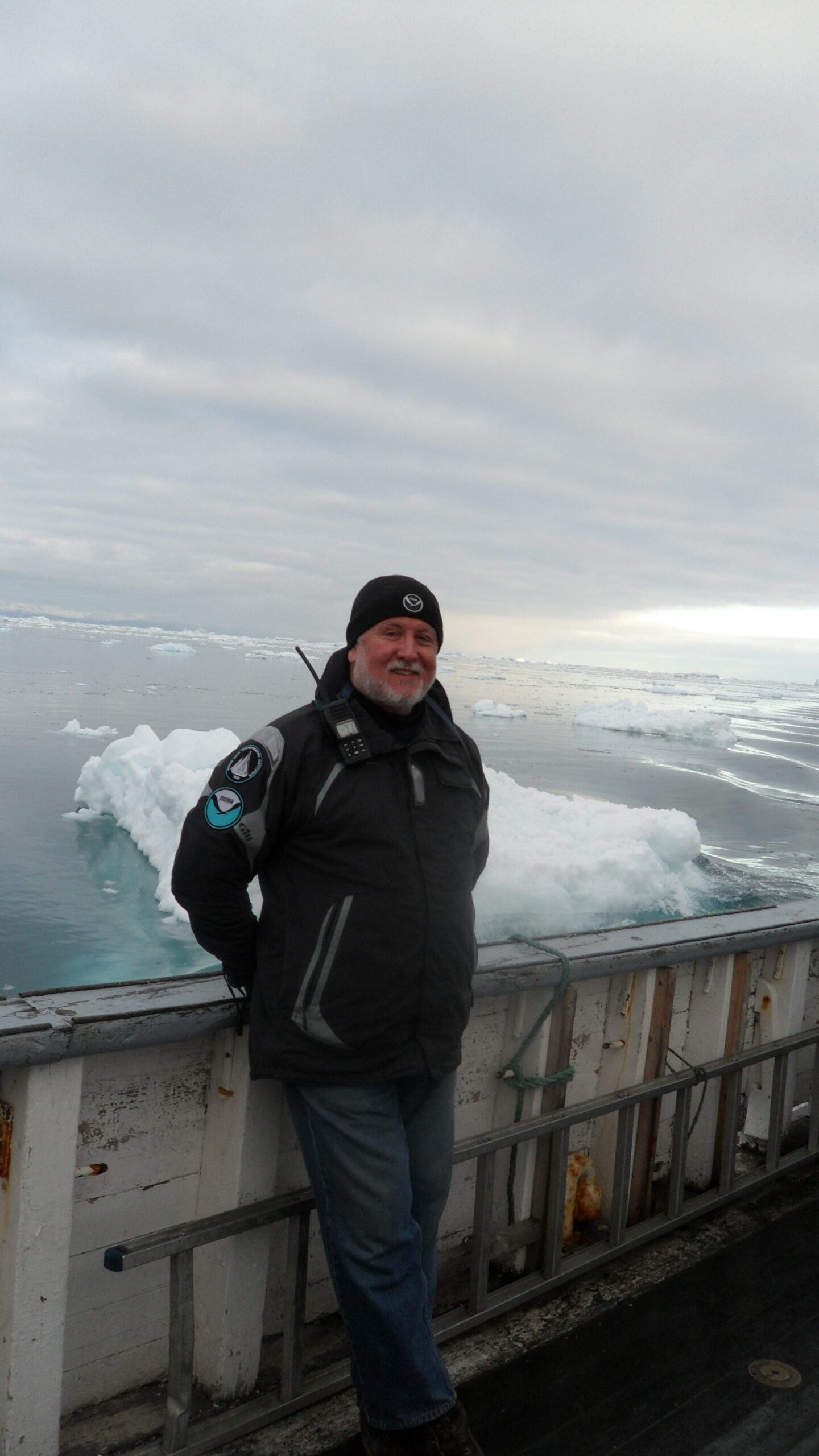Join SCAS for a presentation by Dr. James Delgado (SEARCH Inc.) on: “A Hot Ship From a Cold War: The Deep Sea Archaeology of the USS Independence.“
NOTE: This is a hybrid speaker event (in-person & streamed online via Zoom). We invite you to join us in-person at the Resource Center for Nonviolence, 612 Ocean Street, Santa Cruz, CA 95060, or via Zoom (see below for Zoom registration form)!
DATE: Thursday, January 11, 2024
TIME: 7:30 – 8:30 PM (Pacific)
***RSVP for Zoom by 6:30 PM on Thursday, January 11th, 2024 *** Or show up to the Resource Center for Nonviolence by 7:30 to join us in-person!
PLEASE CLICK BELOW FOR THE ZOOM REGISTRATION FORM:
Once you have registered for the event using this form, a link and instructions for joining the virtual event via Zoom will be sent to that email address approximately 1 hour before the event starts.
 The deeply submerged, atomic-bombed wreckage of the WWII aircraft carrier USS Independence sits off the Central California Coast north of Santa Cruz in 960 meters of water. Following a hard-fought war in the Pacific, the battle-damaged Independence was selected as a target ship for the postwar atomic tests at Bikini Atoll, Operation Crossroads in 1946. Following the tests, the battered, charred and irradiated hulk was towed to San Francisco for ongoing study and as a training ground for naval personnel in an irradiated environment. Scuttled by the Navy off the coast in January 1951, Independence’s wreck was rediscovered in 2009, sonar-mapped in 2015, and dived with remotely operated vehicles in 2016. Intact and still bearing the scars from the atomic blast of July 1, 1946, Independence is an out of sight but not an out of mind legacy of the Cold War in local waters.
The deeply submerged, atomic-bombed wreckage of the WWII aircraft carrier USS Independence sits off the Central California Coast north of Santa Cruz in 960 meters of water. Following a hard-fought war in the Pacific, the battle-damaged Independence was selected as a target ship for the postwar atomic tests at Bikini Atoll, Operation Crossroads in 1946. Following the tests, the battered, charred and irradiated hulk was towed to San Francisco for ongoing study and as a training ground for naval personnel in an irradiated environment. Scuttled by the Navy off the coast in January 1951, Independence’s wreck was rediscovered in 2009, sonar-mapped in 2015, and dived with remotely operated vehicles in 2016. Intact and still bearing the scars from the atomic blast of July 1, 1946, Independence is an out of sight but not an out of mind legacy of the Cold War in local waters.
Archaeologist James Delgado was the lead investigator of the missions to map and then dive and document USS Independence; he will share insights into the ship’s history, its nuclear context, and the archaeological importance of Cold War sites like Independence as well as the technology and equipment that has opened the deep ocean as an archaeological frontier.
A native of San Jose, James Delgado grew up in a changing city that transitioned from hay farms, orchards and oak groves into the Silicon Valley. His introduction to archaeology came at fourteen as he fought to protect sites being bulldozed and lost to development and was mentored by Rob Edwards, Chester and Linda King, and others. His first job in CRM was working for Rob as a teenager.
 In a now five-decade career, Jim transitioned from land to maritime archaeology, with a PhD in Archaeology from Simon Fraser University. His work in California spans excavations of the buried waterfront and ships of the California Gold Rush, the maritime cultural landscape and shipwrecks of the Golden Gate and the North Coast, the Gold Rush Panama Route and its steamers, as well as global work on sunken ships along the Pacific Coast from Panama to Alaska, Civil War wrecks on the east coast, World War II sites including Pearl Harbor, the deep sea wrecks of the Battle of Midway, the D-Day invasion, and the Battle of the Atlantic, the sunken test fleet of Operation Crossroads at Bikini, Titanic and other deep sea sites, and an active career in archaeological journalism and film that spans decades. He led the archaeological work that identified Clotilda, the last ship known to have brought captives from Africa to enslave them, and continues work on that project in what is now the fifth year of engagement with the local and descendant community.
In a now five-decade career, Jim transitioned from land to maritime archaeology, with a PhD in Archaeology from Simon Fraser University. His work in California spans excavations of the buried waterfront and ships of the California Gold Rush, the maritime cultural landscape and shipwrecks of the Golden Gate and the North Coast, the Gold Rush Panama Route and its steamers, as well as global work on sunken ships along the Pacific Coast from Panama to Alaska, Civil War wrecks on the east coast, World War II sites including Pearl Harbor, the deep sea wrecks of the Battle of Midway, the D-Day invasion, and the Battle of the Atlantic, the sunken test fleet of Operation Crossroads at Bikini, Titanic and other deep sea sites, and an active career in archaeological journalism and film that spans decades. He led the archaeological work that identified Clotilda, the last ship known to have brought captives from Africa to enslave them, and continues work on that project in what is now the fifth year of engagement with the local and descendant community.
Jim is the author of 34 books, including three for children. Currently Senior Vice President of SEARCH, Inc., the nation’s largest CRM firm, he has served as the founding historian for the National park Service’s Golden Gate National Recreation Area, as the founding head of the NPS’ national maritime preservation program, as executive director of the Vacouver Maritime Museum, the President and CEO of the Institute of Nautical Archaeology, and as the director of NOAA’s maritime heritage program. He and his wife live in the Washington, D.C. area.


